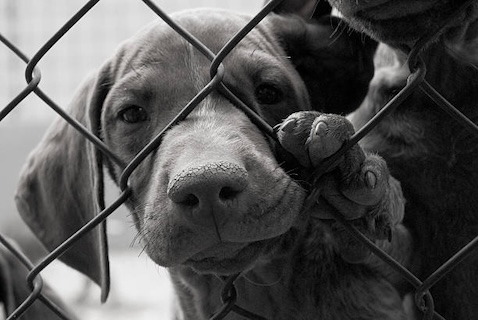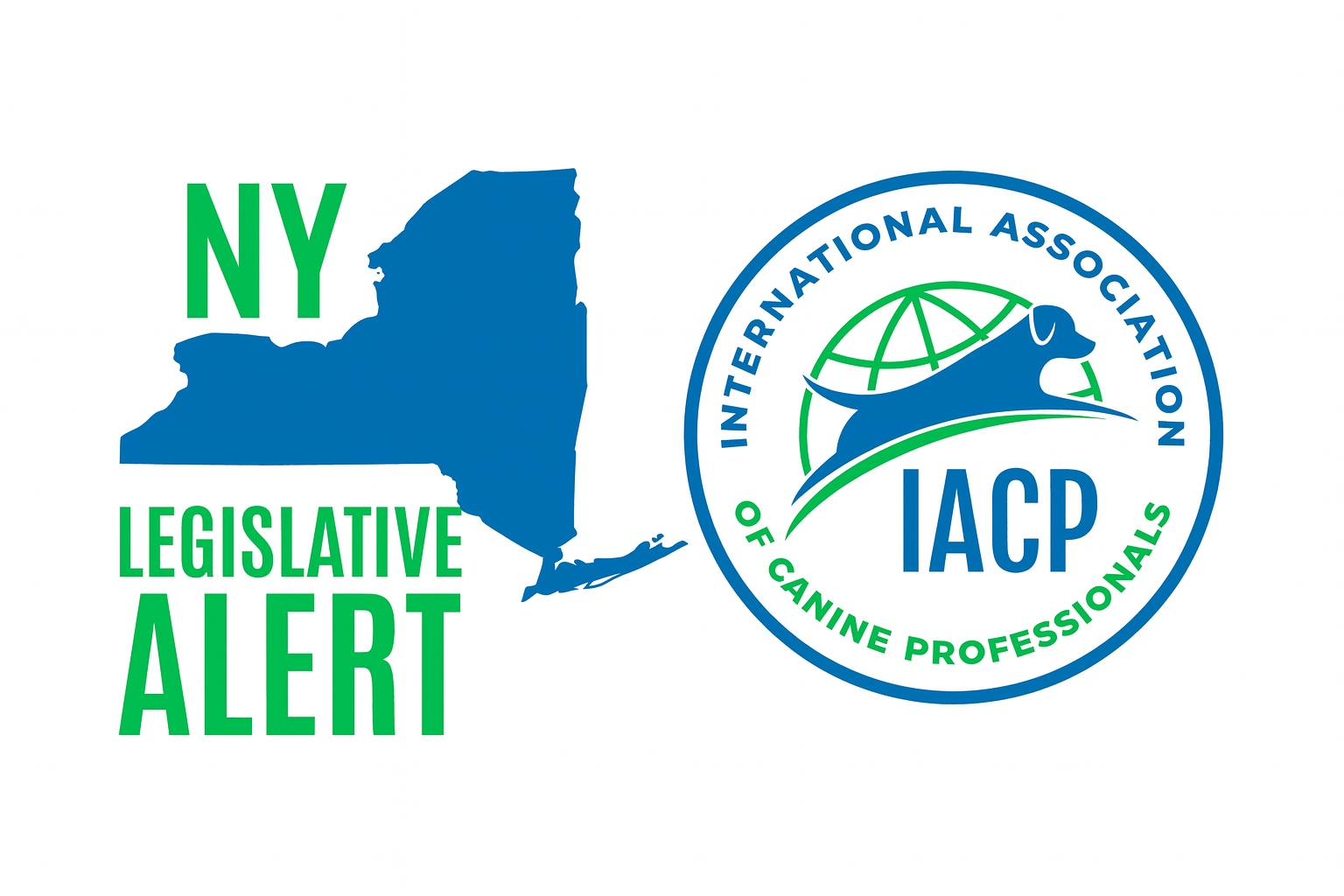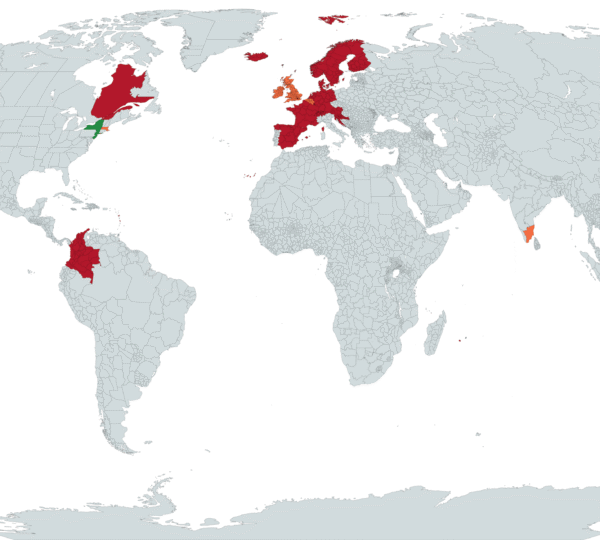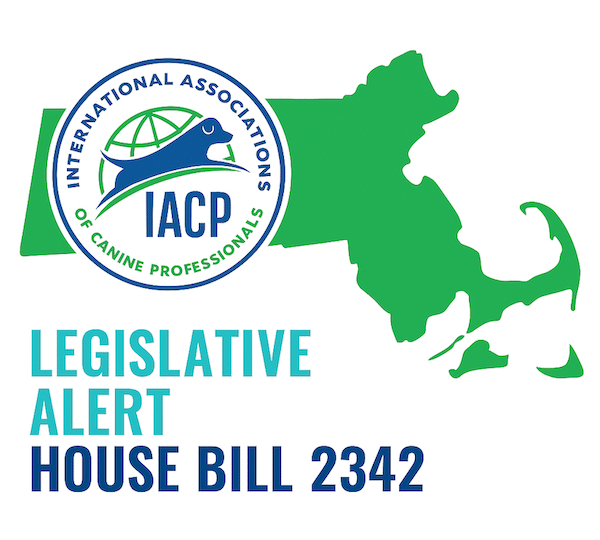The Puppy Protection Act of 2025 (H.R. 2253) was introduced with the best of intentions: to end cruel, high-volume breeding practices and raise the bar for how dogs are cared for in federally licensed breeding facilities. At its core, this legislation aims to protect dogs from neglect and ensure a humane standard of living. But as any seasoned dog professional knows, welfare and well-being are not simply matters of square footage or temperature ranges—they are the result of education, ethical practice, and individualized care.
A Closer Look at the Bill
H.R. 2253 would amend the Animal Welfare Act to impose new, highly specific requirements on USDA-licensed breeders. It calls for solid flooring (no wire), prescribed temperature ranges, free access to outdoor exercise yards, fixed space minimums based on body length, mandatory twice-daily feeding, year-round potable water access, and at least 30 minutes of socialization per day.
On the health side, it mandates annual hands-on veterinary exams, preventive care for parasites and diseases, and breed fitness screenings before breeding. It also limits breeding frequency—no more than two litters in 25 months and no more than six litters over a female’s lifetime—while setting strict age parameters for breeding dogs.
Each of these elements sounds reasonable in isolation. But together, they represent a one-size-fits-all federal framework that risks punishing responsible, small-scale breeders—the very people producing well-bred, well-socialized, stable dogs—while leaving the worst actors to operate underground, unlicensed, and unchecked.
The IACP’s Perspective: Protect the Dogs, Not Just the Optics
The International Association of Canine Professionals (IACP) has long taken a strong stance against unethical, high-volume breeding operations that neglect basic welfare. We share the public’s outrage at “puppy mills” that treat dogs as inventory rather than living beings.
However, our organization also understands that true animal welfare depends on nuance and balance—on veterinary oversight and behavioral expertise, not rigid legislation. Dogs are not interchangeable widgets. Breeding and rearing practices that are optimal for a 9-pound Toy breed are not appropriate for a 90-pound working dog.
The Hidden Costs of Overregulation
While the goals of the Puppy Protection Act are noble, its rigid requirements could drive ethical breeders out of business. For instance, mandated free-access outdoor yards are impractical in many climates and can expose dogs to parasites, wildlife, or harsh weather. Likewise, fixed litter and age limits may contradict sound veterinary advice, especially in long-lived, healthy lines.
Many conscientious breeders already exceed USDA standards and operate with veterinary guidance. But compliance with the proposed physical facility requirements could demand costly structural overhauls with little to no measurable welfare gain. The end result?
- Fewer responsible breeders able to continue producing sound, stable dogs.
- Increased reliance on imports or unregulated domestic sources.
- Fewer well-bred puppies available for trainers, service dog programs, and responsible owners.
When responsible breeders disappear, the void doesn’t stay empty—it’s filled by the very substandard operations this bill aims to eliminate.
The Path Forward: Outcomes Over Optics
Rather than dictating every aspect of kennel design and breeding schedules, the federal government should empower veterinarians and animal welfare professionals to apply individualized, outcome-based standards. Welfare should be measured by the health, temperament, and enrichment of the dogs—not by whether a breeder’s flooring or fencing matches a blueprint written in Washington.
Moreover, meaningful reform requires strengthened enforcement of the laws we already have. The USDA’s inspection program has long suffered from insufficient staffing and uneven oversight. Until that foundation is fixed, new regulations risk becoming little more than paperwork.
A Better Way to Protect Dogs
True progress happens when legislators, veterinarians, trainers, and breeders work together—rooted in science, guided by ethics, and measured by real welfare outcomes. The IACP will continue to advocate for policy that elevates standards without erasing responsible professionals from the landscape of canine care.
We can—and must—protect dogs from inhumane conditions. But we must also protect the future of ethical breeding, thoughtful training, and the human-canine bond. Regulation should serve the dog, not the headline.
Take Action
If you are a breeder, trainer, or canine professional who values both animal welfare and professional integrity, now is the time to engage. Write to the bill’s sponsor, Rep. Brian Fitzpatrick (R-PA-1),and to the members of the House Subcommittee on Livestock, Dairy, and Poultry. Share your expertise, your on-the-ground perspective, and your commitment to humane, science-based standards that truly improve dogs’ lives. Constructive dialogue between policymakers and professionals is the only path toward legislation that safeguards both welfare and responsible practice.




